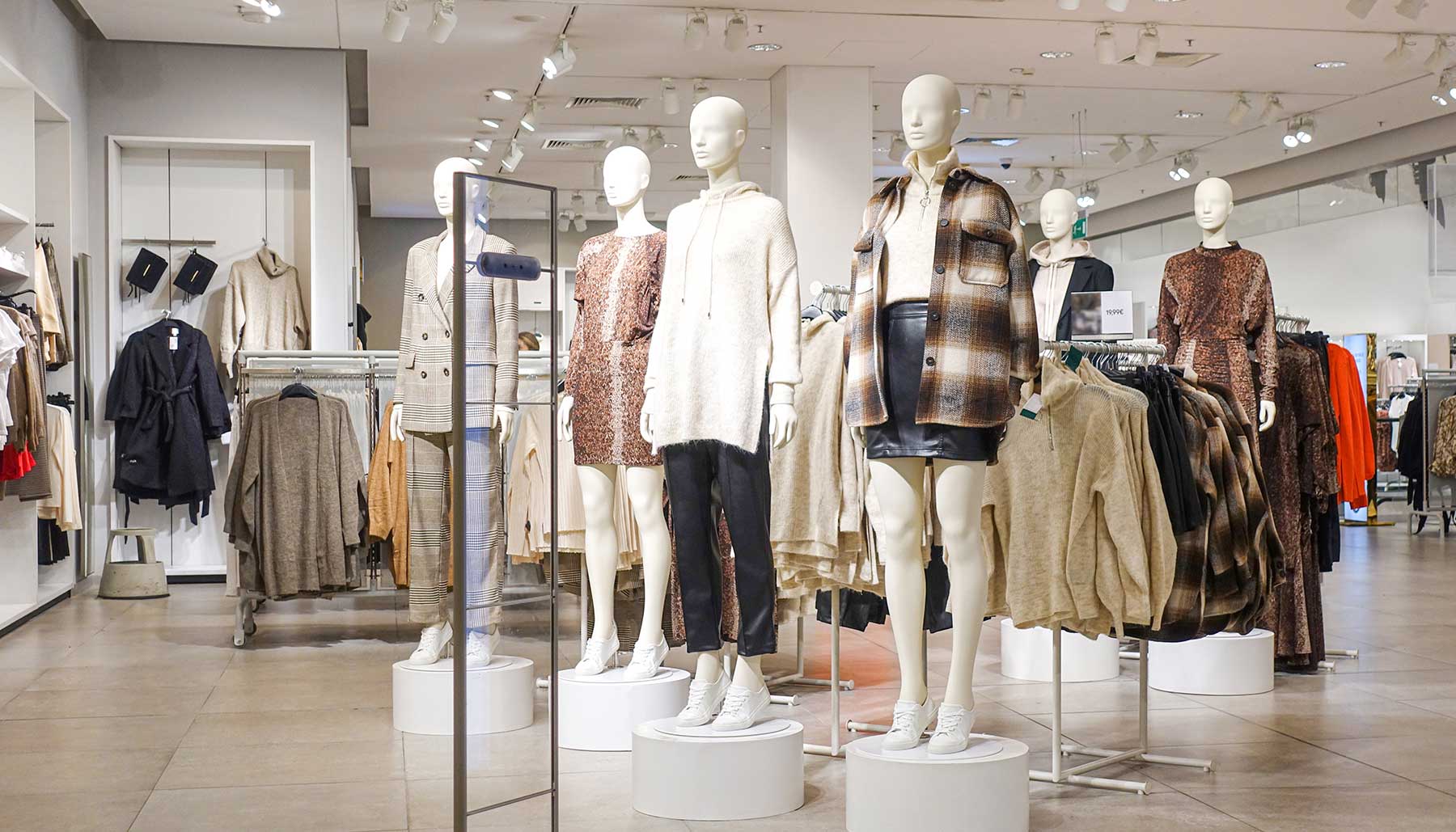Many people are actively trying to be more environmentally friendly these days — and hey, if you’re not, I urge you to start! We need to work towards a more sustainable world if we want to have a planet to live on.
But there’s one source of pollution that you may not even be aware of, and you’re actively taking part: it’s fast fashion.
Let’s cover what fast fashion is (and isn’t).
Essentially, fast fashion is all that cheap, trendy clothing. You know, the stuff that goes out of style faster than Psy’s “Gangnam Style.”

It’s a highly profitable business model, really. They replicate ideas from the catwalk or celebrity culture, and then mass-produce it at low cost. Fast-fashion retailers utilize trend replication, rapid production, and low quality materials to get it done cheap. Then, it goes from catwalk to stores really quick to meet demand, hence the name “fast” fashion.
But in all honesty, we can also call it “fast” fashion because it falls out of favor just as fast as it came in. And that’s where the problem with fast fashion comes in, in terms of the environment.
The way fast fashion exists right now is not sustainable, and it can’t continue.
Let’s look at fast fashion’s environmental problems.
First up: fast fashion is filling up landfills.
In order to be profitable, fast-fashion retailers produce clothing in large batches to save money. But what happens to all those items that don’t sell? If you guessed that they get trashed, you’d be right.
And because fast-fashion retailers themselves encourage shoppers to buy often as trends change means more unsold items ending up as waste in landfills. But that encouragement and rapid changing of what’s so hot right now also means that consumers are tossing their items, as well.
In other words, it’s a model based on creating unnecessary waste, and it’s filling landfills quick. A whopping 85 percent of textiles go to the dump each year.
Unfortunately for our planet, a lot of fast fashion is actually plastic. Yep, that’s right. All those cheap fabrics are actually created from synthetic fibers, made out of the very same plastics that we’ve been fighting. Remember that the next time you’re chastising a business for plastic straws while wearing your favorite chiffon skirt.
But wait, there’s more!
Fast fashion utilizing cheap fabrics made of synthetic fibers also poses its own environmental challenges.
As we become increasingly aware of all the plastic products that wind up in the ocean, we need to look at our clothes, too. All these fabrics are leaching plastic into the environment just by being washed. With every load of laundry, we’re releasing tons of fibers from our clothes into the water supply — and the fibers from synthetics are, well, plastic. They’re contributing to the microplastic pollution that’s accumulating in the food chain.
It doesn’t just stop there, either. As it turns out, the clothing industry is responsible for around 10 percent of global greenhouse gas emissions, and consumes more energy than aviation and shipping combined, according to the United Nations Environment Program.
So, the question now is how we fix this?
As you can probably guess, brands aren’t going to go green on their own. If they’re making money hand over fist, there’s no way they’re just going to stop.
No, sustainability is going to have to be driven by consumer demand. After all, consumer demand is just about all these big companies pay attention to, because it means more money in their pockets.
Luckily, younger shoppers are concerned about their effect on the environment. A Nielsen survey done last year showed that more than half of consumers ages 21 to 34 said they’d give up brand-names to buy environmentally friendly items instead.
The survey also showed that U.S. shoppers spent $128.5 billion on sustainable versions of quick-selling goods, like groceries or toilet paper. And, almost half of Americans said they’d be willing to change their consumption habits to reduce their environmental impact.
Young shoppers are doing one other thing in an effort to be more sustainable, too. Consumers are increasingly turning to secondhand stuff. From the old-school way of hitting local thrift shops, to purchasing from online marketplaces like ThredUp and Poshmark, secondhand is clearly a more sustainable fashion choice.













